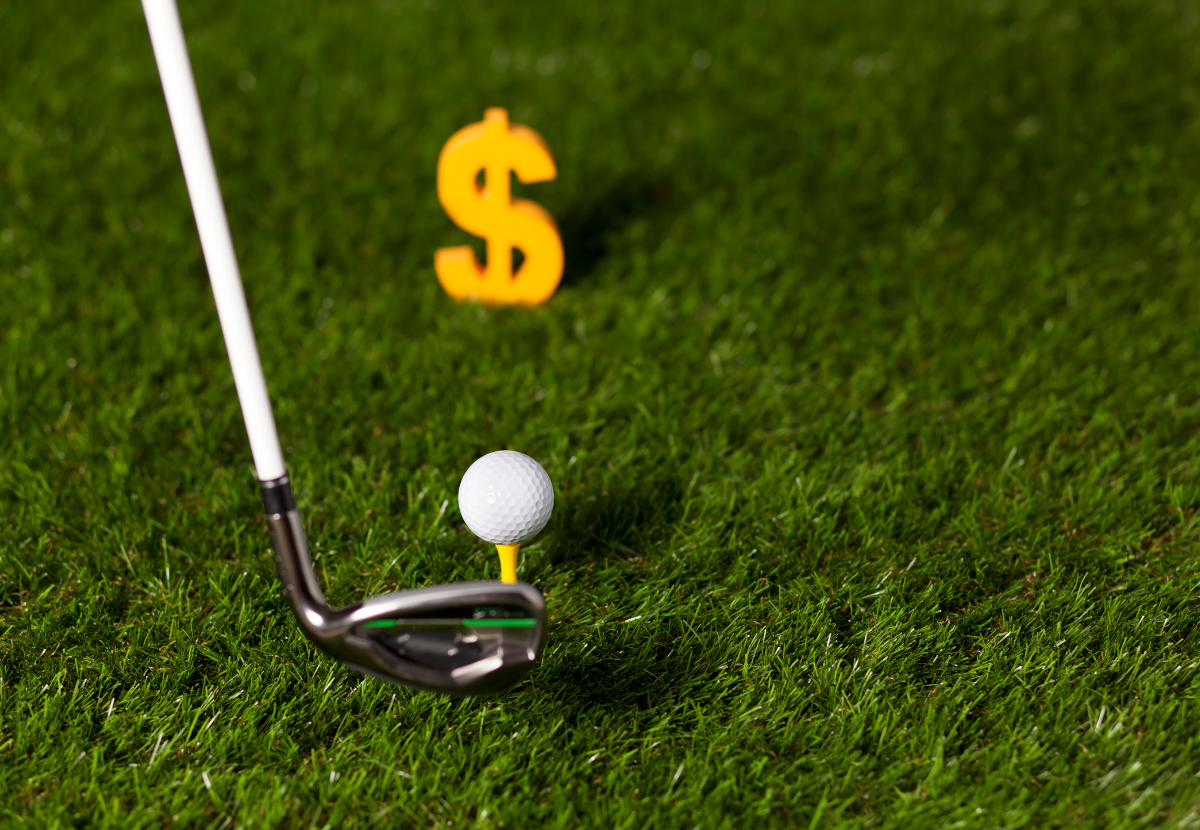Raise the fee with no fear if your members are satisfied
Are you about to increase your club's membership fee? Be careful. You might scare away some of your members. But luckily, you can actually reduce the risk of that happening. Identify the characteristics of your members and use that knowledge to increase your fee successfully.
We get it. Due to inflation and a noticeable increase in prices for utilities such as water and energy, you are most likely tempted to increase your club's membership fee. It can perhaps feel like a necessary evil to do so if your expenses have crept up over your income in the wake of the price changes.
The increase might also seem like the best solution to improve your golf club. Suddenly, you can afford to cut the green more often. Finally, you can fix the countless broken terrace tiles. And, of course, you will have more money in the bank after paying the frightening utility bills.
But one worrying thought is probably holding you back from taking action:
Which and how many of your members would leave when you increase the membership fee?
The characteristics of your members tell if they will stay or leave
First, the bad news. You do risk losing members when you increase the membership fee. Sadly, the risk can even be awfully high. And the number of members that might leave likewise.
Now to the good news. You can practically predict the severity of the risk and use this knowledge to minimize it. And the solution is simple. Listen to your members and identify some of their specific characteristics.
But how does that lower the risk?
New data shows that the characteristics of your members roughly reveal who and how many will either stay or leave when you increase the membership fee. With that information on the table, you know who to keep in the status quo and who to satisfy more heavily before increasing the membership fee.
Players 1st
An example of one characteristic, and the most important one in this case, is the one we describe as the NPS. If the score is positive, the member will recommend your club. If negative, the member wouldn't.
The graph below shows how many members with either a positive or negative NPS score are likely to find an increase in the membership fee reasonable. So basically, how many of them will be all right with paying more for playing golf at your club? And well, the difference is mind-blowing.

If your current members are already big fans of your club, giving you a high NPS score, you are more or less on a safe track. Basically, it means there's less of a chance they'll leave just because you raise prices.
On the other hand, if your members generally don't feel like recommending your club to their colleagues, friends, or family, you should probably think twice before increasing your membership fee. It can result in an absolute nightmare. Or at least make it more difficult for you to retain your members.
And even though having a high NPS score is great, it's not a free pass to double your membership fee overnight. Whether your members stick around after a price increase also depends on how much you bump it up. Because in this matter, it certainly makes a massive difference if you increase the fee by a certain scale.
But the relevance of NPS showcases one specific thing. It's super important to understand how your members perceive your club and how you can make their experience even better. Because this is key if you want to make them happy. And here is just one reason of why you should satisfy them.
Satisfied members are generally easier to retain, which also applies during an increase of the membership fee.
Players 1st
But the NPS is not the only characteristic that you should be aware of. Other characteristics also play a crucial role in identifying who would stay or leave. And age is one of them.

If you're thinking of raising membership fees, keep in mind that members aged 36-60 are more likely to be unhappy about it than other age groups. So, if many of your members fall into this age range, it's vital to take care of them and give them some extra attention before you raise fees.
How some types of golfers would act in case of an increase
Until now, we have only presented a few of the characteristics you can use to predict the outcome of your increase. And honestly, we could show you at least 20 more. But many of them are equally important. Instead, we wanted to save you some time.
By using our latest data, we’ve been able to create stereotypes of golfers based on their NPS, other characteristics, and how they feel about a membership fee increase. Turns out, there are two distinct groups: The "loyal" golfers who are likely to be fine with a higher fee, and the "casual" golfers who may be more hesitant to accept it.

It is relevant to clarify that some golfers can have both positive and negative characteristics. Some retired golfers are pessimistic about an increase. And some middle-aged members are truthfully fine with paying more for their membership. So, taking our stereotypes with a grain of salt would probably be best. But if the majority of your members have the same characteristics as the “loyal” golfer, you can pretty much raise the fee with no fear.
About the results
The results in this article are withdrawn from Players 1st’s “Voice of Golfers” panel, which is recruited in connection with the conduct of our CX surveys in several countries.
The specific findings mentioned in this article are based on 864 responses from Danish golfers. All results are weighted in relation to gender, age, type of membership, how often one plays golf, NPS, Loyalty, and what type of golfer you are (very attached to the club or more independent of the club and its activities).
These other stories

Paying more when playing more might be the future of memberships

The sweet spot: Finding the best scale of membership fee increases

Golf membership fee increase: 6 tips for retaining members
LET US PING
YOUR MAILBOX
Boost your club’s member and guest experience to stay ahead of the game! Unlock expert insights, pro tips, inspiring club success stories, and more…